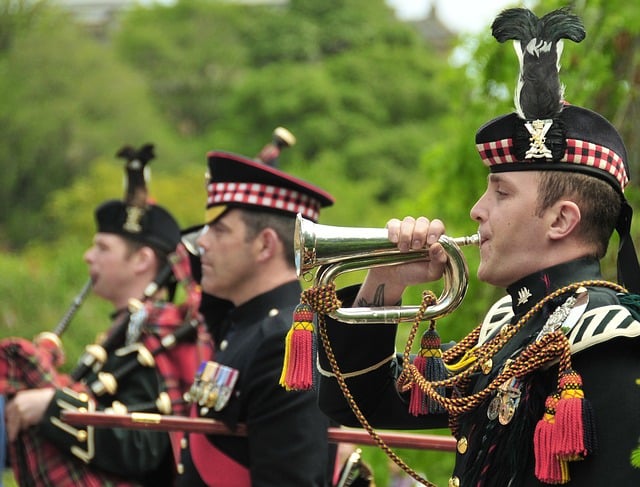
Among the most popular anchoriforms is the trumpet.
The etymology of anacora is not clear. According to the dictionary of the Royal Spanish Academy ( RAE ), the term could come from the Portuguese word anacara , which refers to a military drum that was used in the East.
As a wind instrument
The idea of an anacora is used to refer to various musical instruments , such as the cornet , the clarion , the hunting horn and the French horn . All of these elements are wind instruments : they sound when the air vibrates inside them, without requiring membranes or strings.
To understand what an anchorite is, it is therefore necessary to know the characteristics of the instruments that can be called this way. The use of the notion, however, is rare.
Useful term for comparison
Often the definition of these artifacts is made by comparison. A cornet , for example, is a heraldic horn similar to a bugle , but with a deeper sound and larger in size. A bugle , meanwhile, is similar to a trumpet , although with a higher pitch and smaller in size.
French horns , on the other hand, are anacoras formed with a tube coiled in a circular manner, which narrows from the bell to the mouthpiece. In the case of the hunting horn , it is specifically a horn that is usually used by hunters.
The horn
The character of the horn is especially versatile, as it is capable of reaching a wide tessitura with a very small number of cylinders. This means that it covers a wide range of notes, from the lowest to the highest. It can also produce sounds of different textures and intensities, from sweet to harsh.
The tube that forms the horn, mentioned above, begins at the neck , the part where the mouthpiece is placed. Nowadays, the most commonly used are those in F and high B flat. Another widely used anacora of this type is the double horn , which has a special cylinder for tuning it in one or the other, depending on the piece to be played.
The horn
This anacora, particularly the hunting horn, is the predecessor of the French horn. It is among the oldest and least complex of wind instruments, since it is made from an animal horn, the tip of which is pierced to be used as a mouthpiece . In almost all models, the musician plays by placing his lips directly on the horn, although others have an intermediate attachment.
The animals most commonly used for the early versions of this anchorite are rams, antelopes, goats and bulls. At that time, the most common application was long-distance communication and the performance of ritual melodies. Over time, they began to be made of metal, wood or clay.
The bugle
This instrument is made of metal and, as its name indicates, is of moderate size. The part that comes into contact with the musician's mouth, that is, the embouchure , is cup-shaped, and its other end, the bell , resembles a bell .

The bugle is smaller than the trumpet.
Given the size of this anacora, it is not unusual for it to have a high pitch. Some models have valves that serve to control the pitch, lowering it by a fourth, but most rely exclusively on natural harmonics. The most commonly used is in B flat.
Similar Terms
Finally, it is important not to confuse the notion of an anchorite with other similar terms. An anchorite is an anchor and ancorar is a verb that refers to anchoring, while an anchorite is an individual who devotes himself to penitence in a remote place. The anchorite leads a life of anachoresis (isolation).
